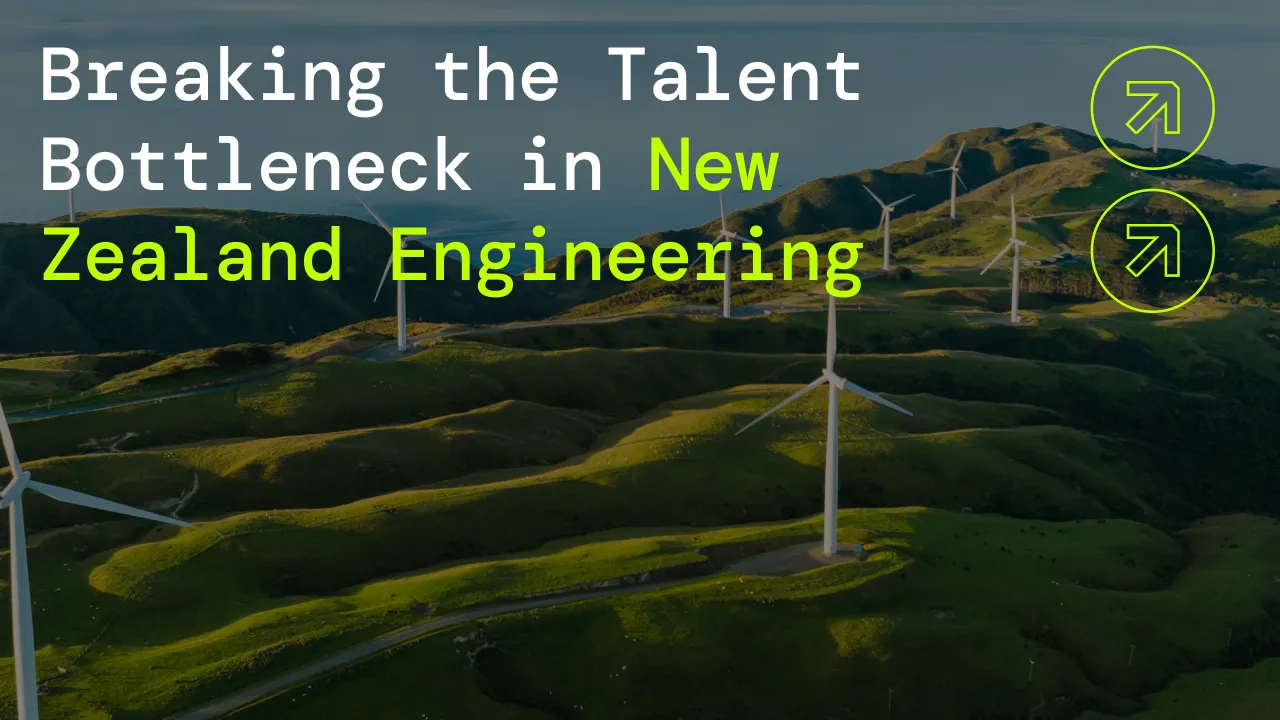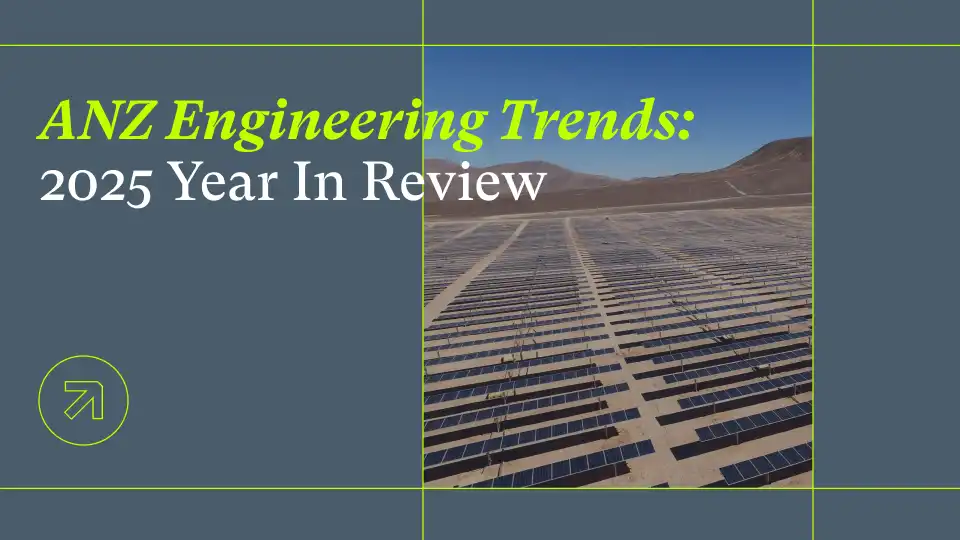Breaking the Talent Bottleneck in New Zealand Engineering

The biggest obstacle to growth in New Zealand’s engineering industry is not investment, it’s talent. After years of layoffs and stalled projects, the workforce is thin. Young graduates aren’t entering fast enough, and experienced engineers are harder than ever to retain.
Why Hiring Isn’t Enough
For decades, firms treated hiring as the default solution to growth. But with structural shortages, “just hire more” is no longer a viable strategy. Instead, consultancies must maximise the team they already have.
This means:
- Smarter deployment of talent.
- Reducing downtime and non-billable drag.
- Ensuring every billable hour is counted.
Offshore Ambitions, With Risks
Many firms are looking beyond domestic projects. Australia, Asia, and the Pacific represent new growth horizons. The fastest-growing firms are already diversifying into offshore projects.
But without operational maturity, managing cross-border projects becomes chaos. Different time zones, currencies, and delivery expectations quickly overwhelm firms running on manual systems.
Avoiding Burnout While Scaling
Another danger is burnout. With small teams carrying big loads, poor utilisation strategies can overwork staff. Over-utilisation feels profitable in the short term but risks long-term retention. The healthiest firms aim for 70–80% utilisation, creating space to grow talent and respond to new work.
Leveraging Technology
Platforms like Projectworks help consultancies manage this balance, aligning people to work intelligently and reducing administrative overload. By freeing up engineers to focus on delivery, firms can unlock capacity without hiring.
The talent bottleneck won’t vanish on its own. The firms that win in 2025 will be those that use smarter operations and technology to multiply the value of the people they already have.
Read our Built for Growth: Engineering in New Zealand Report to understand the full talent picture and how Projectworks can help your firm unlock its true capacity.
Next up in this blog series
Read The Five Metrics That Matter: A Growth Playbook for Professional Services Firms in 2025 to better understand the five core metrics your engineering firm should be tracking and acting on.
Related Articles

2025 In Review: The Trends Shaping AU & NZ Engineering Firm Growth
In 2025 for the Engineering Sector down under, pipeline was the conversation irrespective of what side of the ditch your firm sat on. In Australia the pipeline grew quickly across energy, transport, water and social infrastructure. However, turning that momentum into consistent, profitable delivery was still hard for many firms. In New Zealand the public pipeline only became visible toward the end of the year. It was a tougher run, and leaders had to think differently about growth. The firms that moved ahead in both markets built a high performance delivery engine and ran it with calm discipline, thanks to visibility of all key project and business profitability metrics.

.webp)